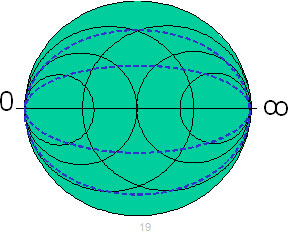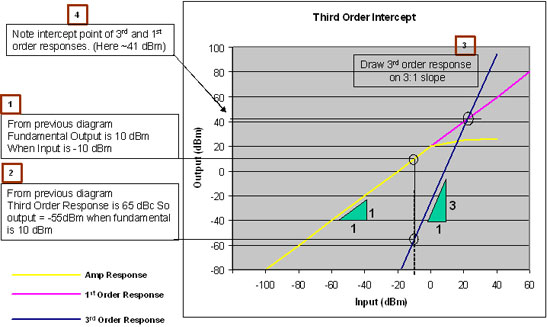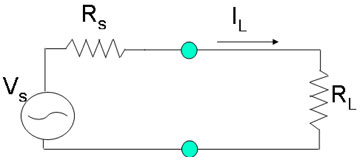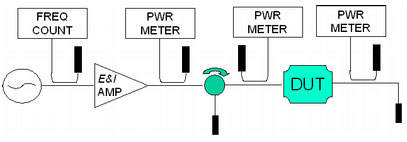Resource Center
This section provides a variety of technical resources and tools to help familiarize our customers on all aspects of our products and our industry. If you have any trouble finding the information you’re looking for, please don’t hesitate to give us a call at 585-214-0598.
Here you can find:
- Application Notes & Technical Articles
- Specifications & Terms
- Useful RF Formulae & Tools
- Industry Websites – supporting the markets & industries we serve
- FAQ section
- Application Notes
-
Specifications & Terms
-
Useful Links
Below are links to some resourceful websites relevant to our industry and markets
-
RF Formulae
Useful RF Formulae
- Return Loss = 10Log10 (Preflected/Pforward)
- Reflection Coefficient = VR/VF
- Return Loss = 20Log10
- VSWR = (1 + p) / (1 – p)
- p = (VSWR – 1) / (VSWR + 1)
-
FAQs
Below you will find answers to some of our most commonly asked questions. If you’re unable to find the answer you’re looking for, please don’t hesitate to Contact Us or give us a call at 585-214-0598.
-
LabVIEW
Many thanks to Dr. Spiros Kotopoulis BEng(Hons), PhD of Department of Physics and Technology, University of Bergen, Norway, for doing this work and kindly allowing us to offer it to our customers.
- Log countless hours of data
- Calculate VSWR
- Pf and Pr Readbacks
- Displays Reflected power limits
Please Contact Us for more details
-
Information Video
E&I Amplifiers in action…
Check out our YouTube channel for more E&I videos
E&I Switchable Transformer
E&I’s Locked On series of switchable impedance transformers enable you to transform the 50 ohm input impedance of the amplifier, to drive higheror lower impedances ranging from 6 to 800 ohms, over the entire frequency range of 500 KHz through 5 MHz.
ENI Amplifier
UIA Presentation












